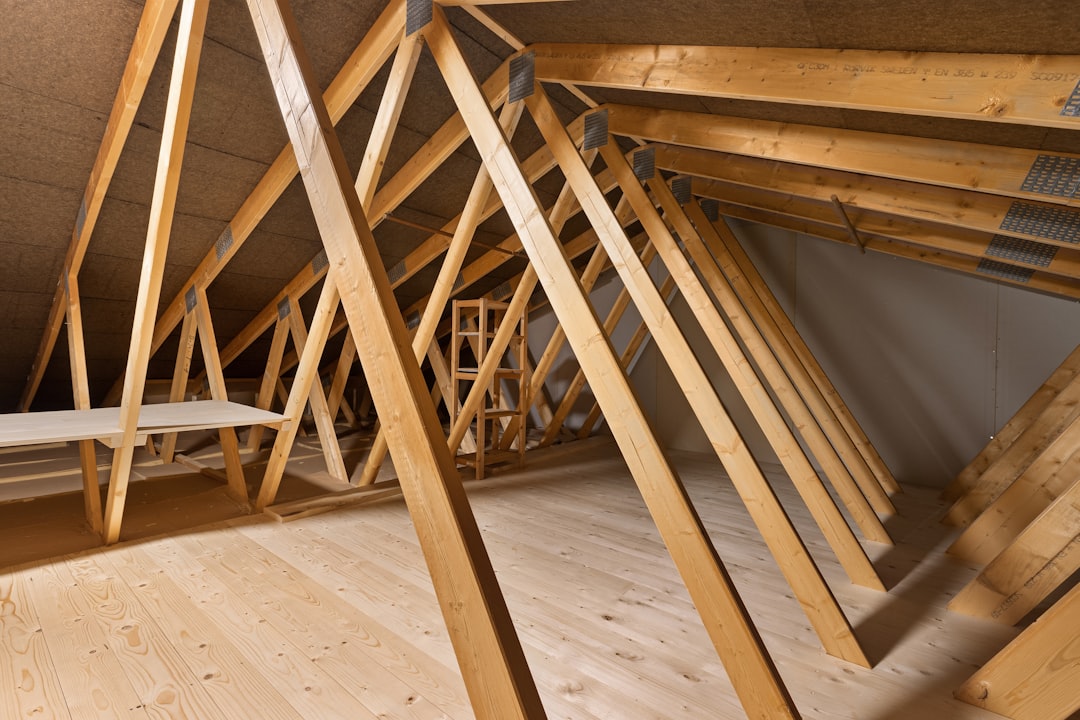
In the Bay Area, attic temperatures can soar above 120°F, impacting energy efficiency and roofing longevity. Installing an attic fan can mitigate these issues, with costs typically ranging from $650 to $1,200 per opening. CountBricks provides comprehensive services, from AI-driven estimates to final inspections, ensuring contractors and homeowners understand project costs, timelines, and material performance across diverse micro-climates.
Manual estimating methods often lead to:
CountBricks replaces guesswork with instant voice-to-estimate technology, converting spoken measurements into detailed quotes, including materials, labor, and permit fees.
Describe project details aloud, and CountBricks generates a detailed proposal with current labor rates, ready before you leave the site.
Our platform syncs with suppliers daily, reflecting price changes instantly to avoid budget surprises.
Upload plans, and CountBricks calculates necessary CFM and recommends fan sizes, allowing quick approvals.
Transform estimates into branded PDFs with warranty and payment terms, ready for digital approval.
Proper sizing is crucial. The International Residential Code suggests 1 CFM per sq ft of attic space. CountBricks automates this calculation, considering factors like roof color and climate:
Solar units reduce operating costs, while wired models offer higher CFM and smart integration. CountBricks provides ROI comparisons in estimates.
Bay Area jurisdictions have varying codes. CountBricks auto-loads permit fees and requirements based on ZIP code, ensuring compliance.
Typical Bay Area attic fan installation costs:
Total Projected Investment: $1,604
CountBricks provides transparent breakdowns of markup, overhead, and taxes.
Reducing attic temperatures by 10°F can lower cooling costs by 3–5%. Many Bay Area homes recoup installation costs within three summers, with solar units offering faster payback. CountBricks includes ROI charts in proposals to aid decision-making.
1. Schedule a discovery call at CountBricks.com
2. Capture attic dimensions on-site
3. Send branded quotes before leaving the property
4. Track deliveries and tasks in the CountBricks dashboard
5. Generate final invoices with voice commands
CountBricks transforms small jobs into professional showcases, enhancing customer experience and securing repeat business.

A San Mateo homeowner faced high indoor temperatures despite a new heat pump. With 1,400 sq ft of attic space under dark shingles, CountBricks completed the project in six hours, reducing peak attic temperatures significantly.
CountBricks streamlines installations, allowing focus on quality. Explore more at CountBricks.com.